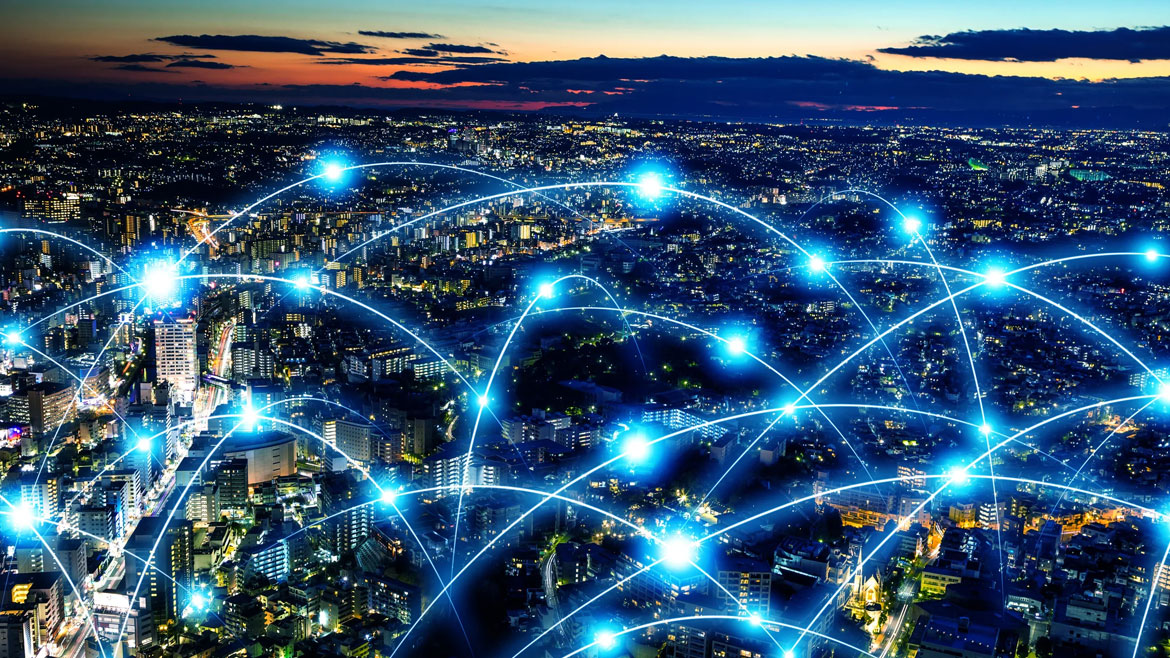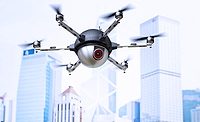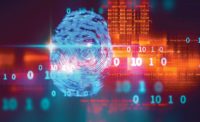Integrated Solutions
Artificial intelligence bolsters public safety & security in smart cities
Public safety leaders securing smart cities can use artificial intelligence as a force multiplier.

metamorworks / iStock / Getty Images Plus via Getty Images
A growing number of cities, transit organizations and public-facing businesses are adopting artificial intelligence (AI)-enhanced technologies to identify and respond to security risks more effectively. In particular, advances in video surveillance technology can be an affordable force multiplier that delivers effective results.
Yet in some ways concerning security analytics, “artificial intelligence” is somewhat of a misnomer. A machine can be taught to be exceptional at finding patterns and even to improve its ability to identify these patterns over time. However, the machine isn’t thinking. These abilities come from algorithms that humans define, manage and validate.
Human operators must also think through the procedures surrounding the data and insights gleaned. How does the team respond to an identified incident? Who needs to get the information? What steps are taken from the actionable data received?
However, once combined with human interaction, technology enhanced by AI, deep learning and machine learning can be an effective solution to streamline operations and enhance public safety in a community.
Ai enhancing security, infrastructure management, crowd control and more
In smart cities, AI-enhanced technologies are often used for things that would otherwise be difficult for humans to do. This includes crowd estimation, weapon detection, identifying critical hardware failures, enhancing investigations or reducing congestion to improve the flow of people or vehicles.
With the help of AI-enhanced technologies, security teams can identify potential threats more quickly and more effectively offer real-time support to first responders.
For example, video analytics with AI can intelligently and accurately classify objects — including people, loiterers, crowds, cars — and the direction of travel. In live and recorded video, the ability to have machines label this data makes it quicker and easier for responders and investigators to identify the people, objects or moments that matter. They can avoid hours of combing through surveillance footage. In an emergency, these data insights have the potential to be lifesaving for first responders and civilians in and around the area of concern.
Transit authorities are also beginning to explore how powerful data from video analytics can be. When onboard systems are connected to wayside systems, transit agencies can use AI to optimize fleet deployment and reduce bottlenecks at tram, train and metro stations, especially during rush hours. Operators can receive an alert when crowds are forming and deploy more trains to the network.
AI-powered technologies can also assist with protecting the privacy of residents and visitors without compromising security. The proliferation of video surveillance in communities has raised understandable concerns about balancing people’s right to privacy with improving safety and security. As a solution, there are tools available to help protect people’s privacy by automatically blurring people and restricting access to the original footage except on a need-to-know basis.
Cutting through the noise
In addition to helping with incident response and safety enhancement, security systems can also provide an organization’s community agencies with a range of information to improve operations and the resident experience.
The abundance of information available today presents important challenges. As cities deploy more cameras, sensors and other devices, they increase the amount of information coming in. This can become overwhelming for security personnel, especially when they must actively monitor all the input from these devices to identify specific threats.
AI-powered technologies can help filter out unimportant data and focus on essential information.
To be most useful, the team needs to be clear on the fundamental questions the organization seeks to answer from the data. What problem are they trying to solve? What information do they need to solve this problem? What’s the best tool for the job? And when they get this information, what are they going to do about it?
The most important thing is to solve a real problem and not deploy video analytics or other AI-powered technologies just for the sake of it.
True business intelligence requires being clear on the purpose. Is the security professional trying to improve security? Safety? Operations? User experience? Narrowing the focus to the most relevant data makes it much easier to use that data in a meaningful way. It will also help identify which technologies can provide the answers the team is seeking.
A strong combination for powerful results
When employing any technology to support first responders, security teams or community agencies, the human element is key. Technologies that include deep learning or machine learning can be a great resource. However, a human operator must define what is important, instruct the machine, validate the data and — most importantly — decide what to do with that information.
When combined, this force multiplier effect can help cities respond to incidents faster, streamline operations and use data insights to enhance their communities. The security professional should think about which problems they want to solve and talk with the integrator or manufacturer about the tools that are available to help.
Looking for a reprint of this article?
From high-res PDFs to custom plaques, order your copy today!






